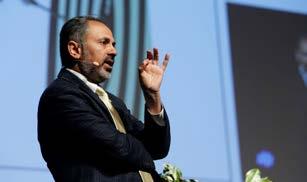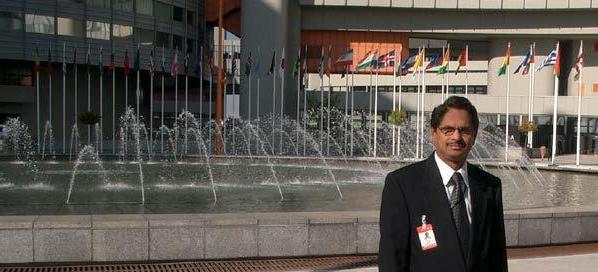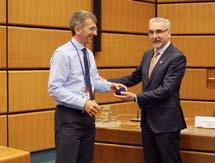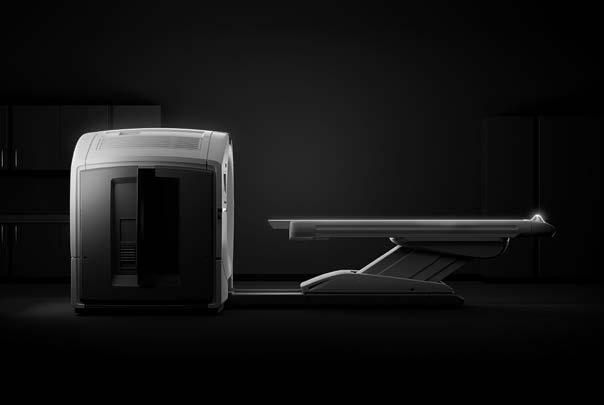Honorary Life Member Vijay Kumar
Special Feature ANZSNM Honorary Life Membership (2020)
ANZSNM Honorary Life Membership
P
rofessor Vijay Kumar has been endorsed for the award of Honorary Life Membership of the ANZSNM in 2020 for his excellent contribution to the Society and profession over a span of four decades. He has a well-earned reputation in the Australasian and international Nuclear Medicine community. He had humble beginnings in Australia as the proud recipient of a Commonwealth Scholarship in June 1974 to pursue a PhD at the Australian National University, Canberra. He describes it as the “game-changer” in his life, which motivated him to be determined to do his best in the new country to make it all “worth-while” after leaving behind the loved ones, family and friends in India. Vijay came to this country full of determination and commitment to succeed. He faced many challenges and hurdles in the long walk of four decades but he said he was very fortunate to get the professional support from key people when it really mattered.
After completing his PhD in 1977, he worked briefly as Tutor in Biochemistry at UNSW and as Research Officer at St. Vincent’s Hospital (1977-79). He then entered Nuclear Medicine at the Liverpool Hospital in Sydney in 1979.
Currently he is the Principal Scientist and head of Radiopharmaceutical Research at Westmead Hospital and The Children’s Hospital at Westmead. He is also Clinical Professor in the Discipline of Adolescent and Child Health, Sydney Medical School, University of Sydney. CONTRIBUTION IN THE FIELD OF NUCLEAR MEDICINE FOR OVER 40 YEARS
Vijay started by establishing RIA laboratories and in-house manufacturing of cold-kits at Liverpool Hospital. He was instrumental in initiating these facilities as there was no Radiopharmacy division at Liverpool Hospital before he arrived. He then joined Westmead Hospital and The Children’s Hospital at Westmead in 1996. He played a central role in establishing Radiopharmacy services, and Ga68 & F18 labelled PET radiopharmaceutical production for imaging dopamine transporter and various cancers. Recently, he has also introduced Lu-177 labelled PSMA & DOTATATE for treating the patients with neuroendocrine tumours and prostate cancers. He developed many research projects and new radiopharmaceuticals for imaging infection, arthritis and oncology. He is particularly known for his enthusiastic adoption and promotion of the Ge68/Ga68 generator, realising early on how pivotal this device would be for the field of nuclear medicine. He has several book chapters, peer-reviewed articles, >50 invited lectures at the major forums and >100 abstracts 2020 Winter Edition gamma GAZETTE 21






